Popayán
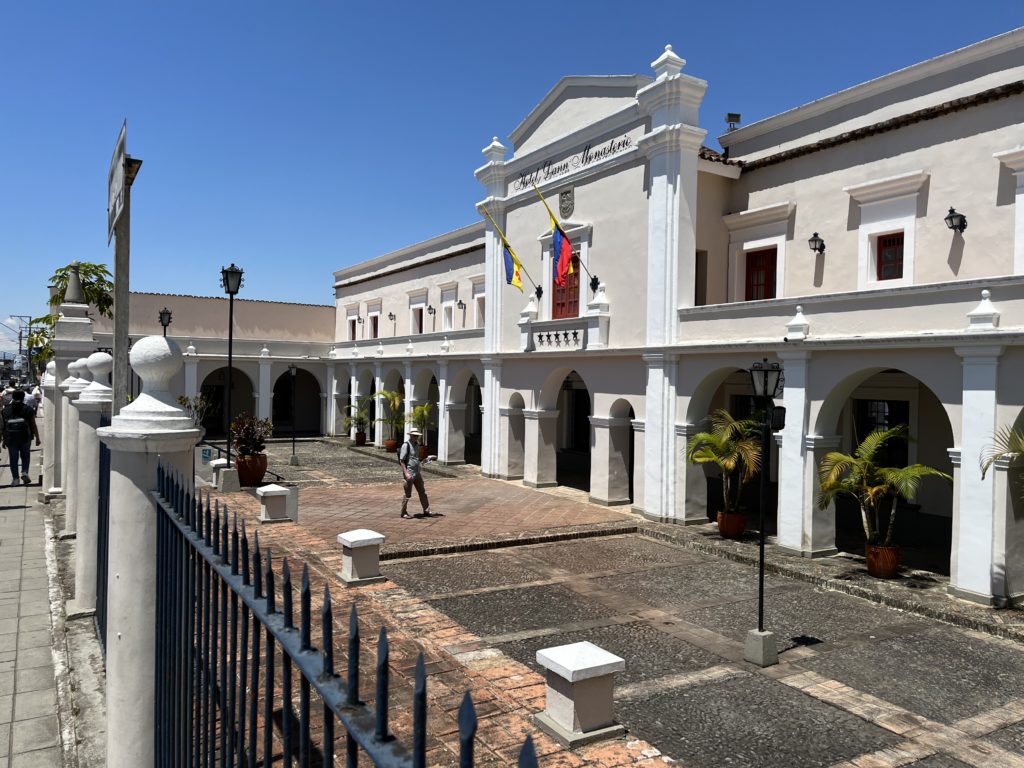
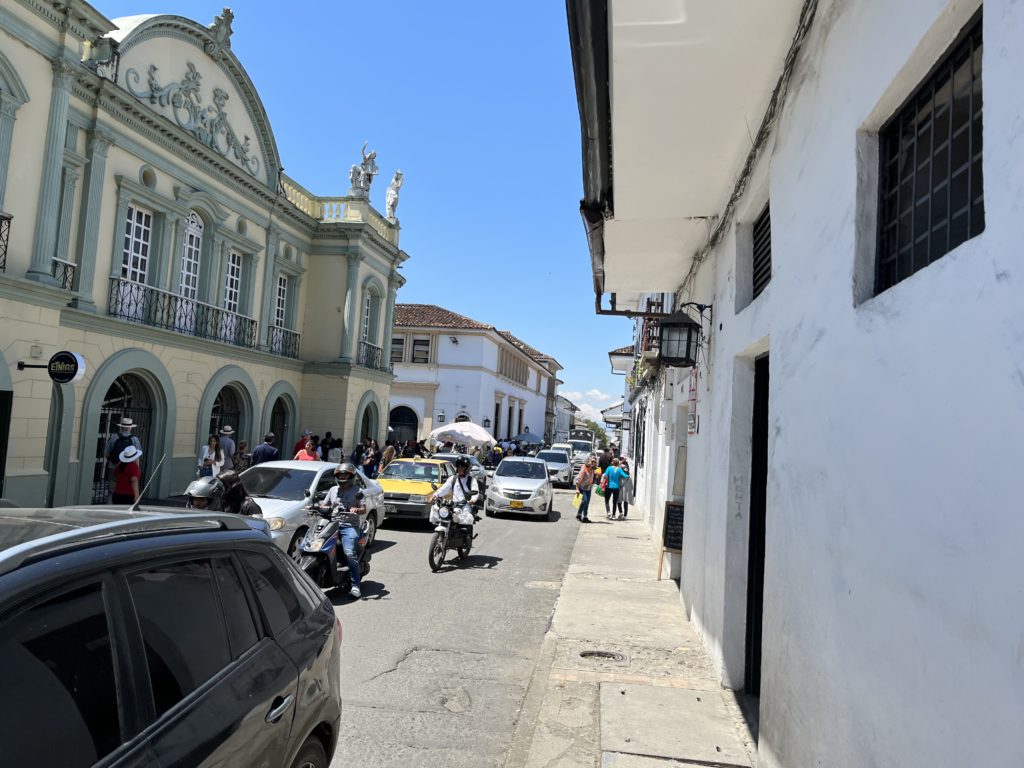
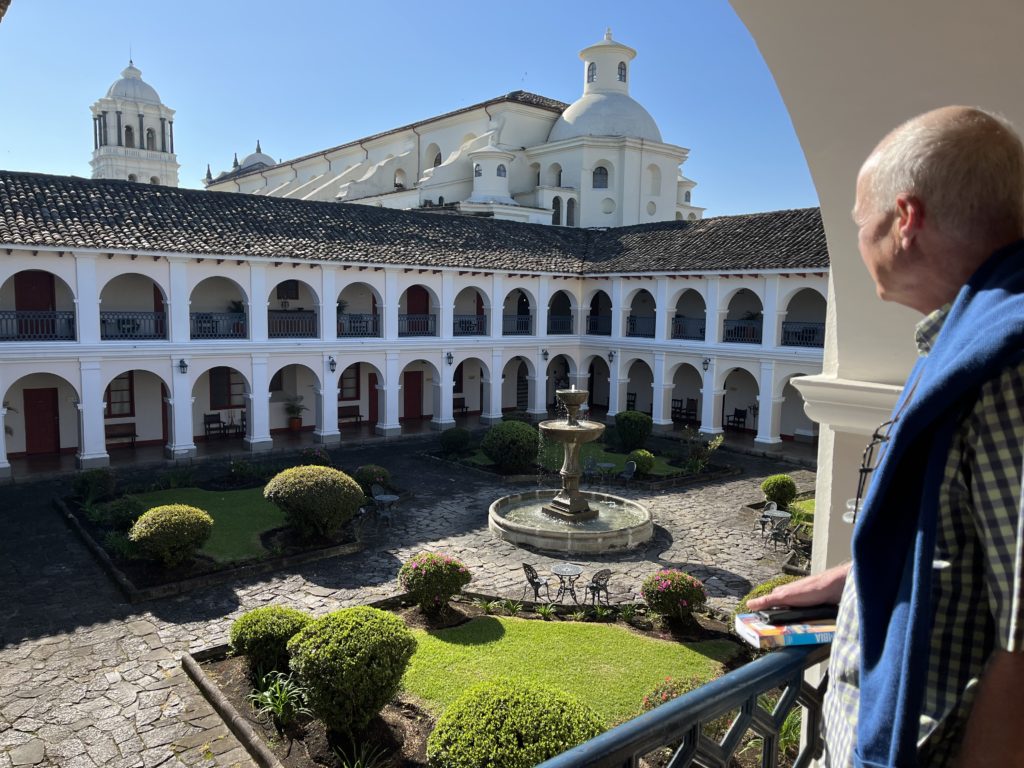
The road to Popayán from San Agustín is an adventure on its own: a gruelling 126 kilometres of mainly dirt road over the mountains, through the impenetrable Parque Nacional Natural Puracé, it took us nearly eight hours to negotiate, with Adrian Cordobá’s brother Carlos at the wheel. Mudslides are endemic here and an already poor road network, hopelessly inadequate for the country’s transport needs, means that often roads can be closed altogether and are in a terrible condition.
Long, one way stops where repair works are being undertaken can mean extending the journey by many hours and it is certainly true that we were able to read books and things at these long waits! The road through the Parque itself is the worst section and the impenetrability of the bush on either side mean that you cannot really see down the vertiginous sides. A good thing perhaps, though we were able to espy the active, Puracé Volcano, after which the park is named, in the distance.
Eventually we arrived in Popayán, founded in 1537 and called the White City for fairly obvious reasons; it has been devastated by several earthquakes, the latest being in 1983 which destroyed most of the historic old centre, now beautifully restored. It seemed dominated by government offices, small businesses and the many faculties of the Universidad del Cauca. It is the regional capital of Cauca and a great place to wander around though we did of course look into several museums celebrating the town’s colonial history.
Looming large over the town’s history is the Valencia family whose patriarch
Botero’s iconic painting of the 1983 Popayán earthquake.
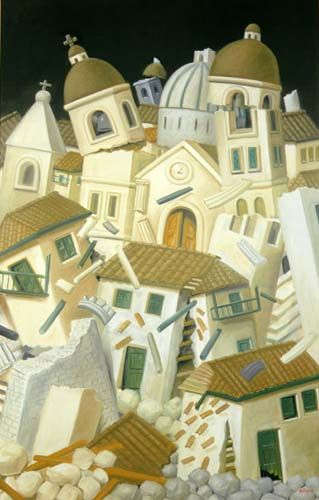
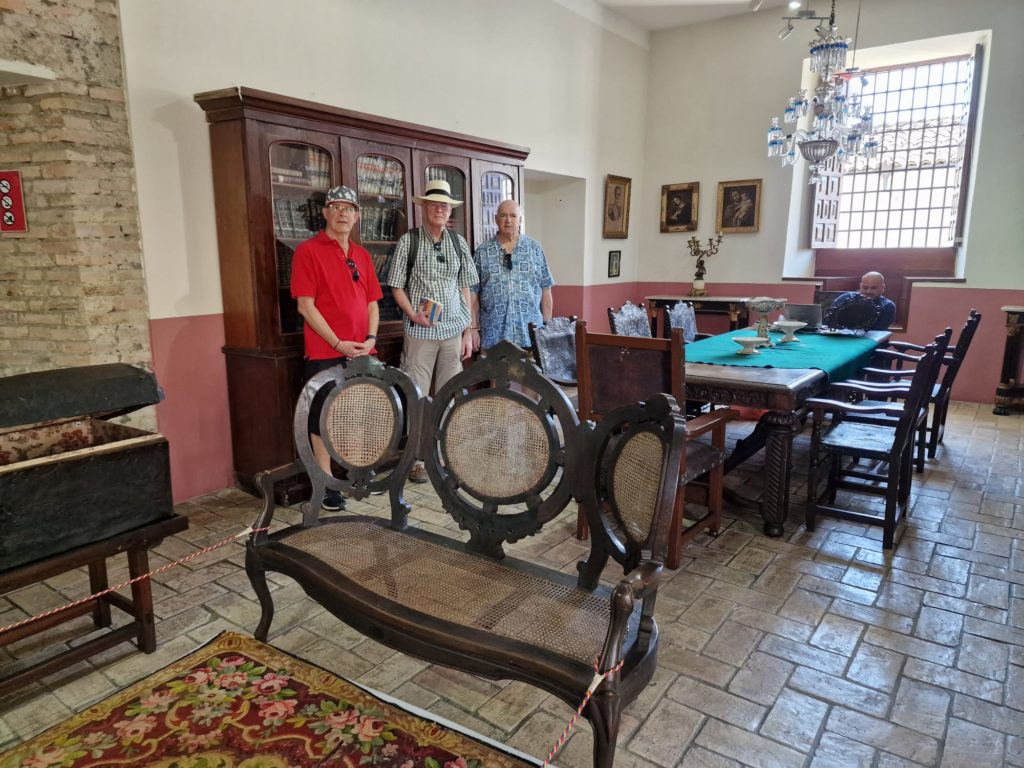
was Guillermo León Valencia. He’s everywhere. Even the airport is named after him and his sons and grandsons all had an influence on the town’s business, political and social history.
Not as ubiquitous as Simón Bolívar who seems to manage being just about everywhere in Latin America!
Popayán has produced no fewer than
15 Presidents of various versions of Colombia, and poets and politicians of note. Valencia himself was a poet-politician while the influential Mosquera family headed by José María Mosquera contributed very much to the political, social and financial life of the city in a salon society of the colonial and early independence era.
There is an opera house. The current Artistic Director was an enthusiastic guide who showed us into every nook and cranny of the theatre and told us of his company’s efforts to keep live arts going in such a small place.
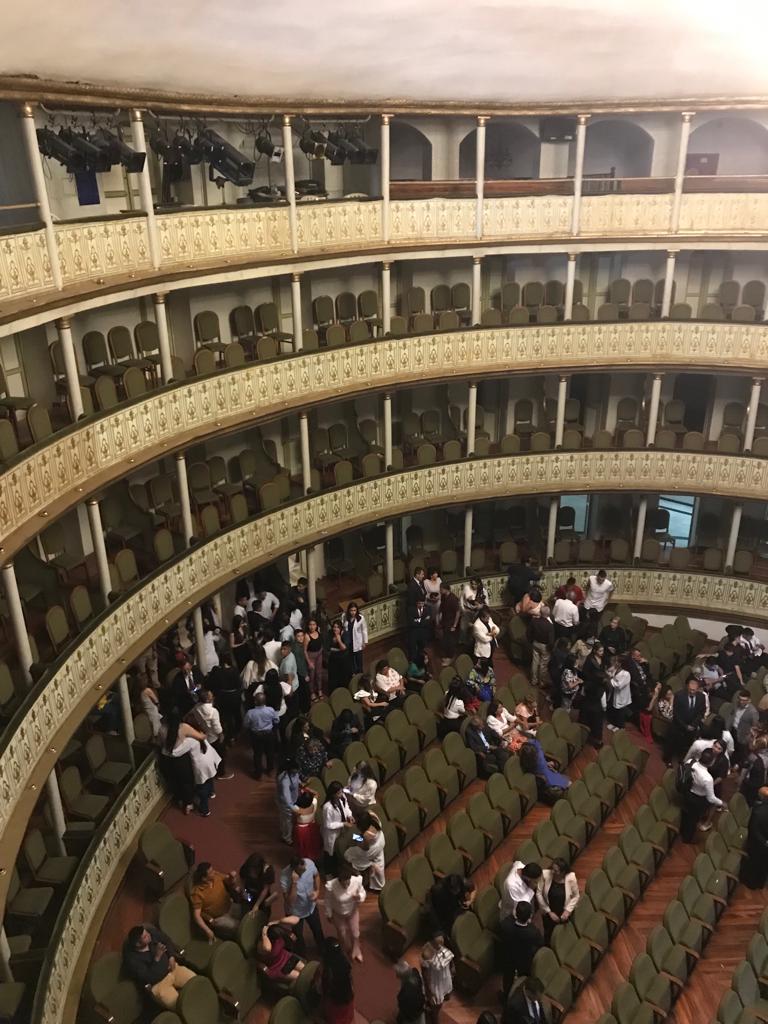
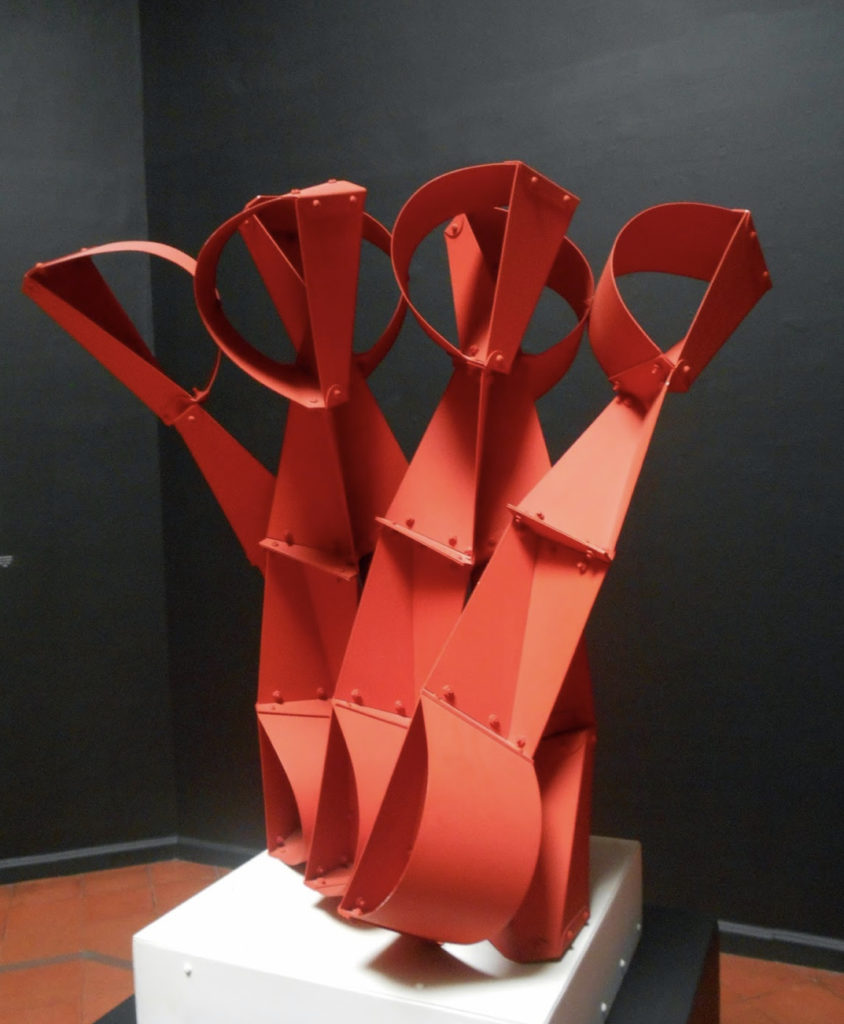
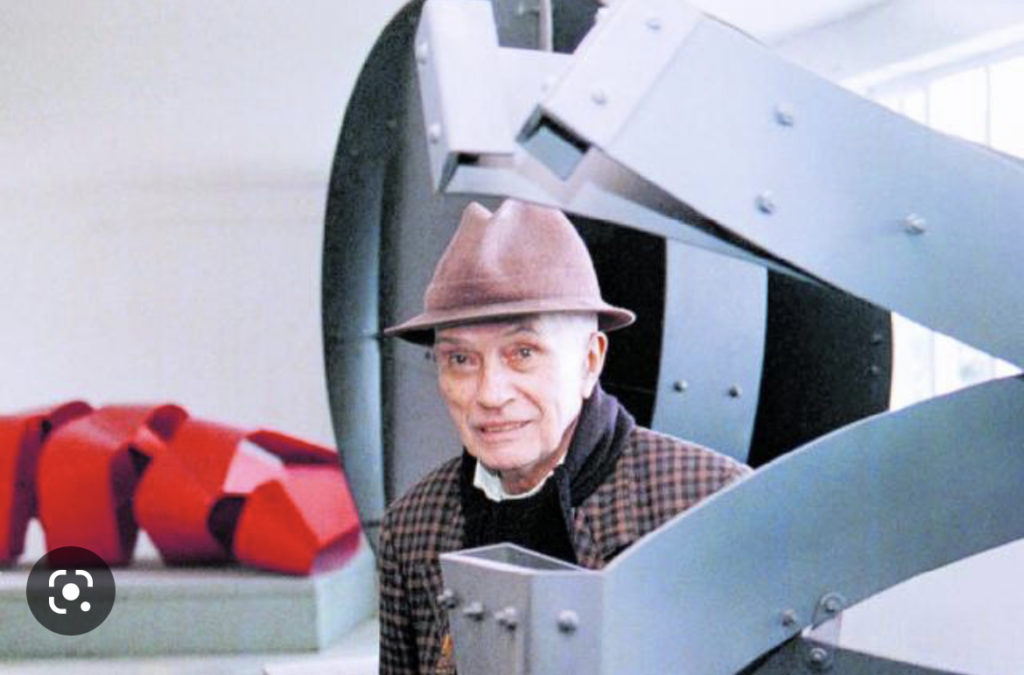

Édgar Negret the Modernist artist, is a native of Popayán; his former home has been turned into a museum exhibiting his work from abstract prints to twisting, layered, painted sculptures. He is everywhere in Colombia, every city seems to have his work. Not entirely my cup of tea but the rest of Tarry Tours with higher brows enjoyed the museum and his work.
Onward dear Friends – to Villa de Leyva from the tiny airport, via Bogotá where you must always go to get anywhere and where the trusty and kind Baudilio was waiting to meet us with his equally trusty VW people carrier and drive us north to this showcase of colonial architecture with its whitewashed houses and cobbled streets.
On our long drive there Baudilio suggested we stopped off at Zipaquirá for ajiacco, a substantial tradtional dish, a sort of chicken soup served with arepas (flat corn bread) and plenty of patacones (fried, crisped up plantain) which he said would ready us for a visit to the eerie, impressive Salt Cathedral, in a mine that’s been in use since pre-Hispanic times.
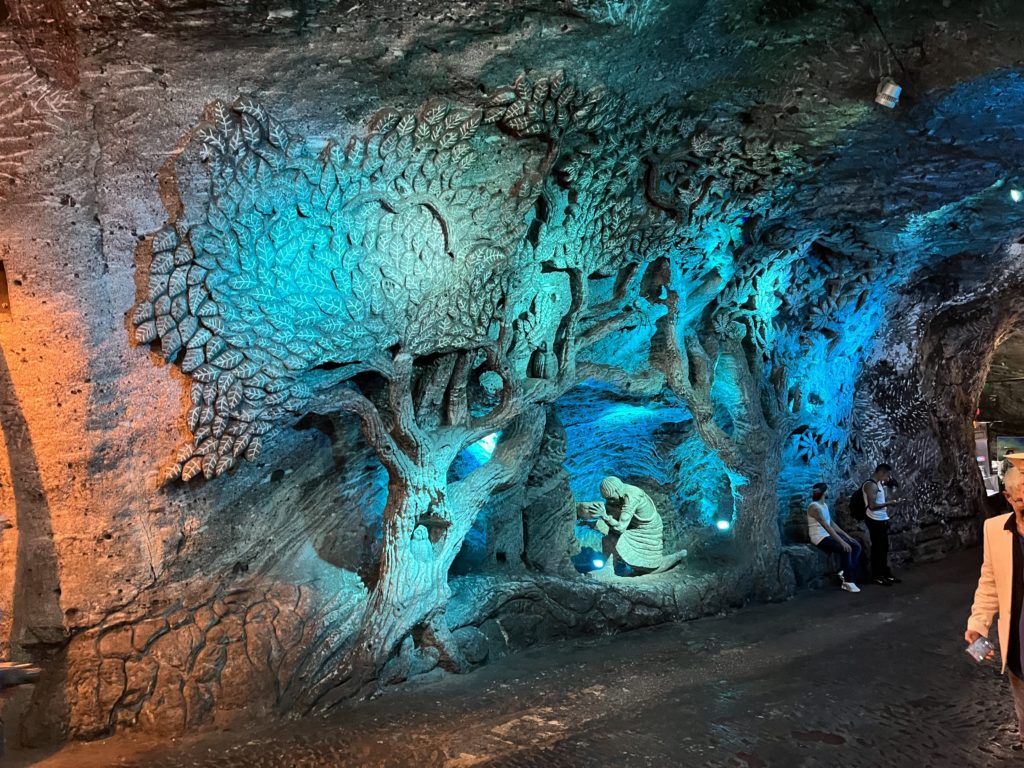
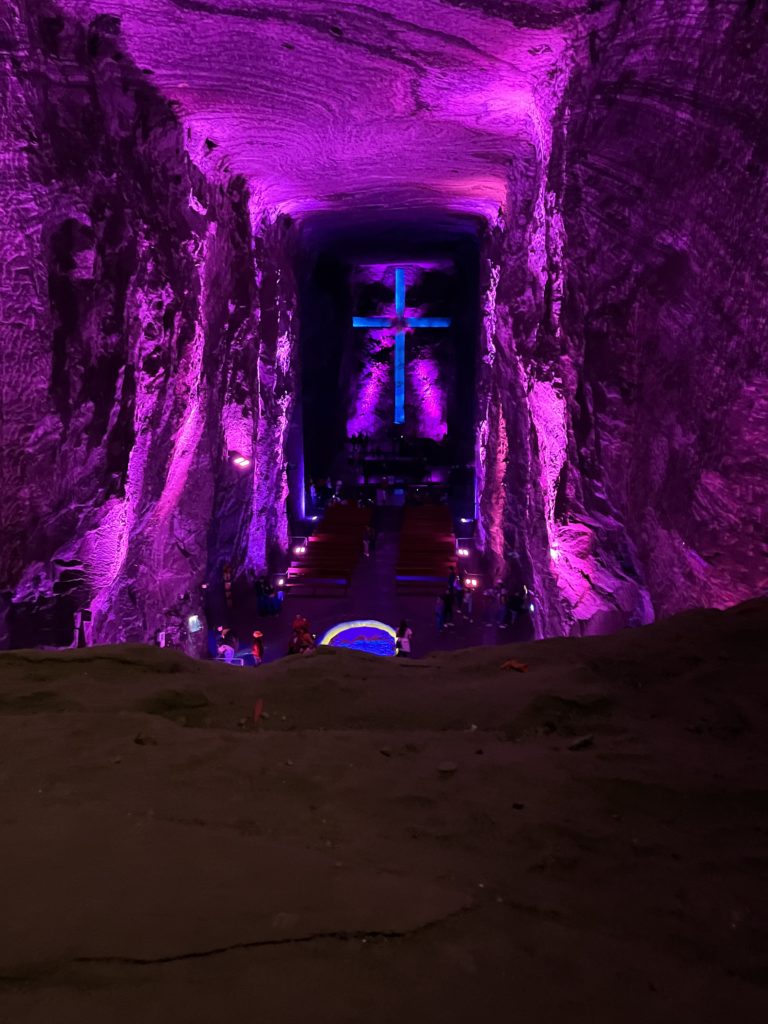
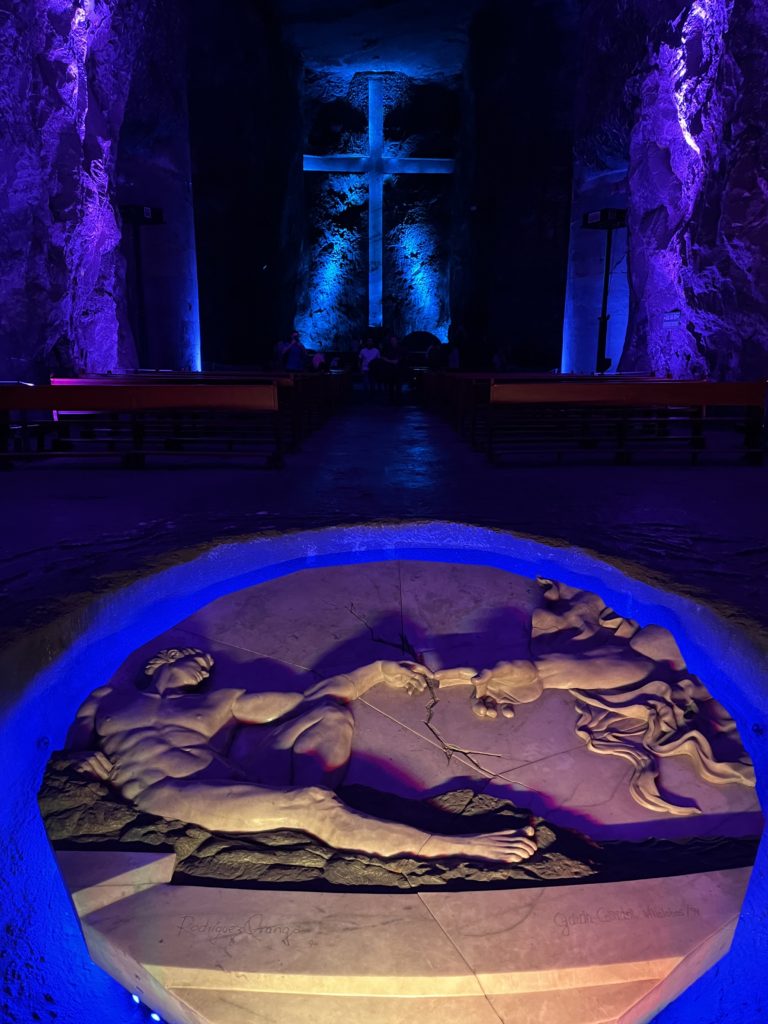
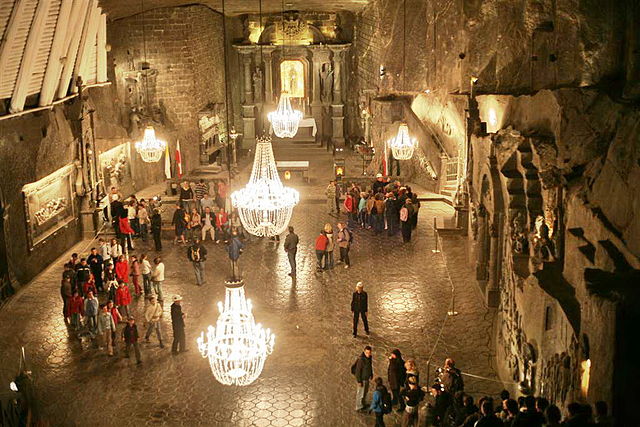
I’m not entirely sure it’s quite on its own up there as I remember on a visit to Krakow I went to the 13th Century salt mine in Wieliczka which we were told was 327 metres deep with nearly 300 kilometres of subterranean galleries. But who is counting?
The Polish Cathedral at Wielicka.
Lots of funny little nipping bugs in this park that caused an unpleasant and painful reaction.
Confusion over our hotel when we finally arrived in “Vi de Le”! We had to be relocated and there was much humming and hawing with credit cards that wouldn’t work. Baudilio was supposed to drive the four hours back to Bogotá and return three days later to pick us up. He said he couldn’t be bothered and if we needed, he’d drive us to some other sites out of town if we were interested. Turned out to be an excellent idea. “Vi de Le” is beautiful but not very big – it is walked easily and we had plenty of time to see the amazing Museo del Fósil a few miles away where the star of the show is a 120-million-year-old Kronosaurus, a prehistoric marine reptile that has occupied what was once a huge flood plain revealed by the retreating sea. Here and very interestingly displayed, is the country’s largest repository of marine fossils.
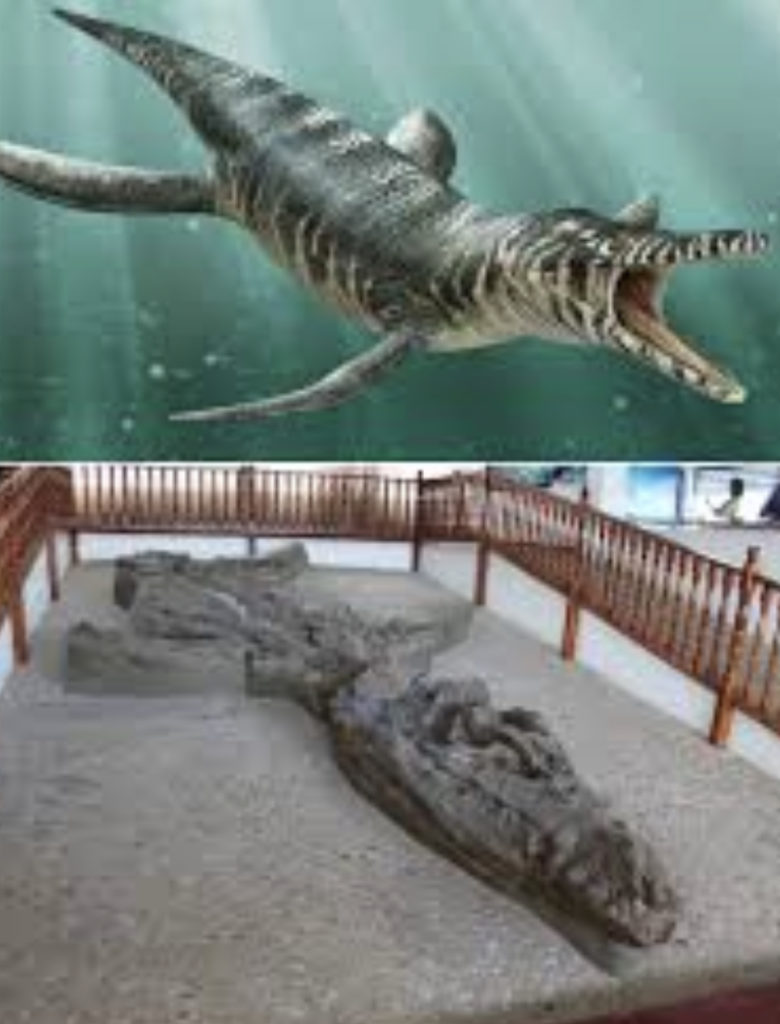
Baudilio next drove us on to Santo Ecce Homo Convent. Founded by the Dominicans in 1620 completely constructed from stone-and-adobe and indicating a dedication to their faith and shear perseverance in the face of every odd. Why didn’t they just go back to Iberia and give up their quest I’ll never understand. No gold for them just rewards in an imaginary heaven for reaping the souls of Amerindians. Extraordinary.
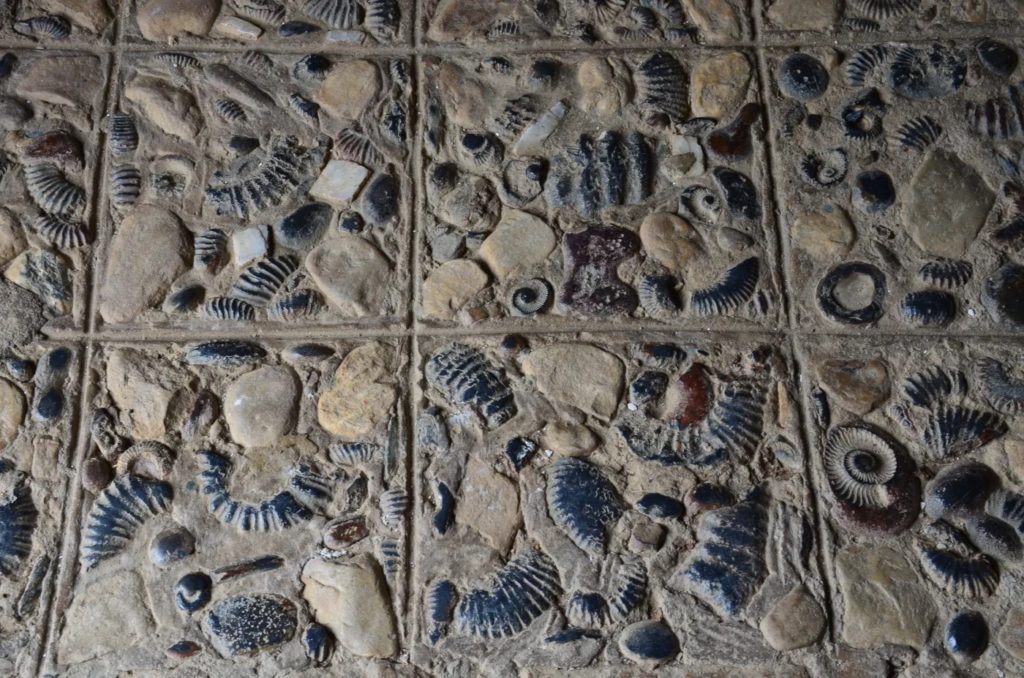
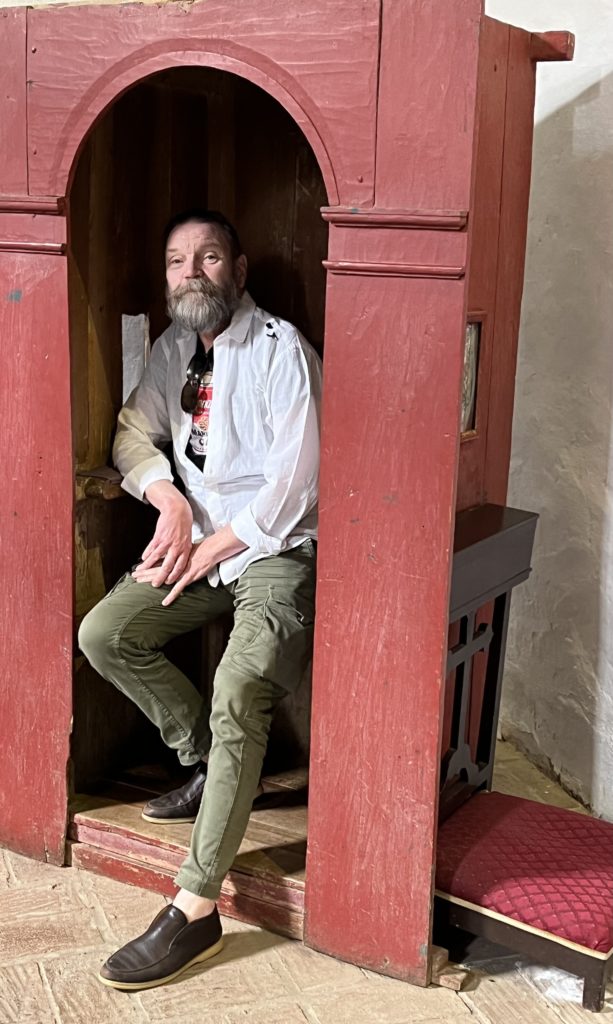
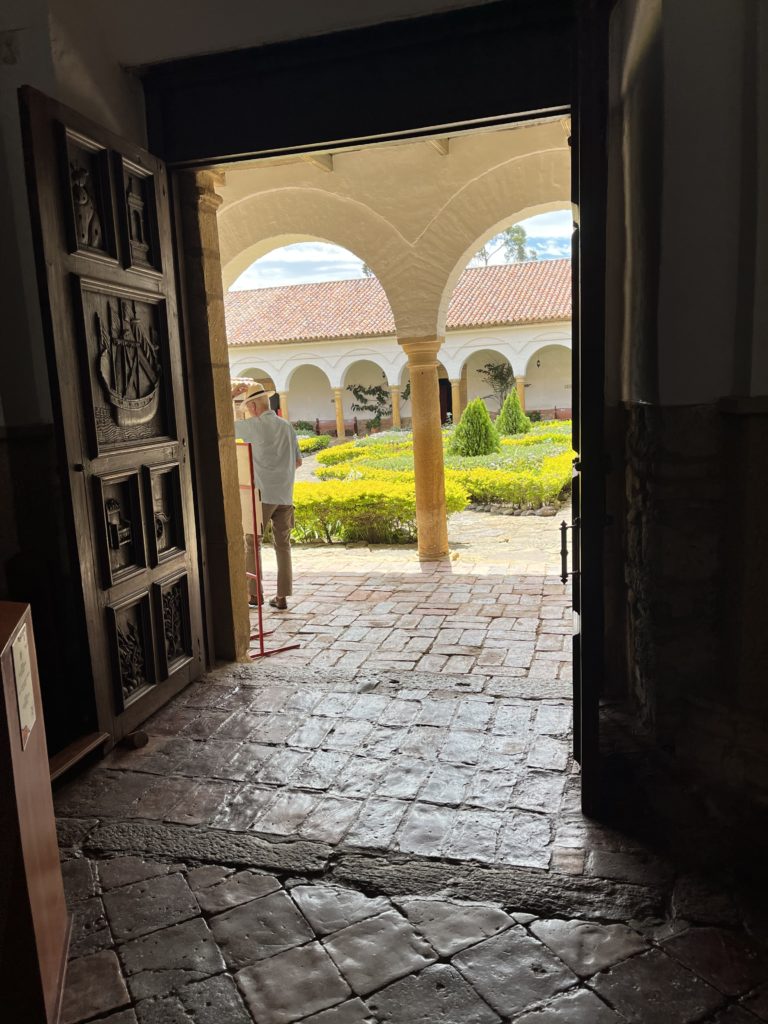
And then the most eccentric of all. The Casa Terracotta. A house made out of 400 tons of baked clay designed by architect Octavio Mendoza. Very Gaudi-esque. No straight lines, no right angles and built-in furniture to boot. Tiled floors. An impractical experiment in local raw matériels it took 15 years to make, each small section baked in situ with the architect and his family giving up on actually living in it due to the public interest and perpetual intrusions.
And last but not least, Baudilio took us to the source of all terracotta at Raquira where colourful houses blended with endless artisanal terracotta works and bric-a-brac beyond your wildest imaginings!
Baudilio then transferred us via the Rio Bogotá valley to our next port of call : Mesitas.
But you will have to wait breathlessly with your pens and pencils poised for the next exciting episode in the Tarry Tour Itinerary 2023 which will soon be brought to you by the proud makers of Blog, Blog and Blog a unique company showing all potential travellers the way to fun and frolics.
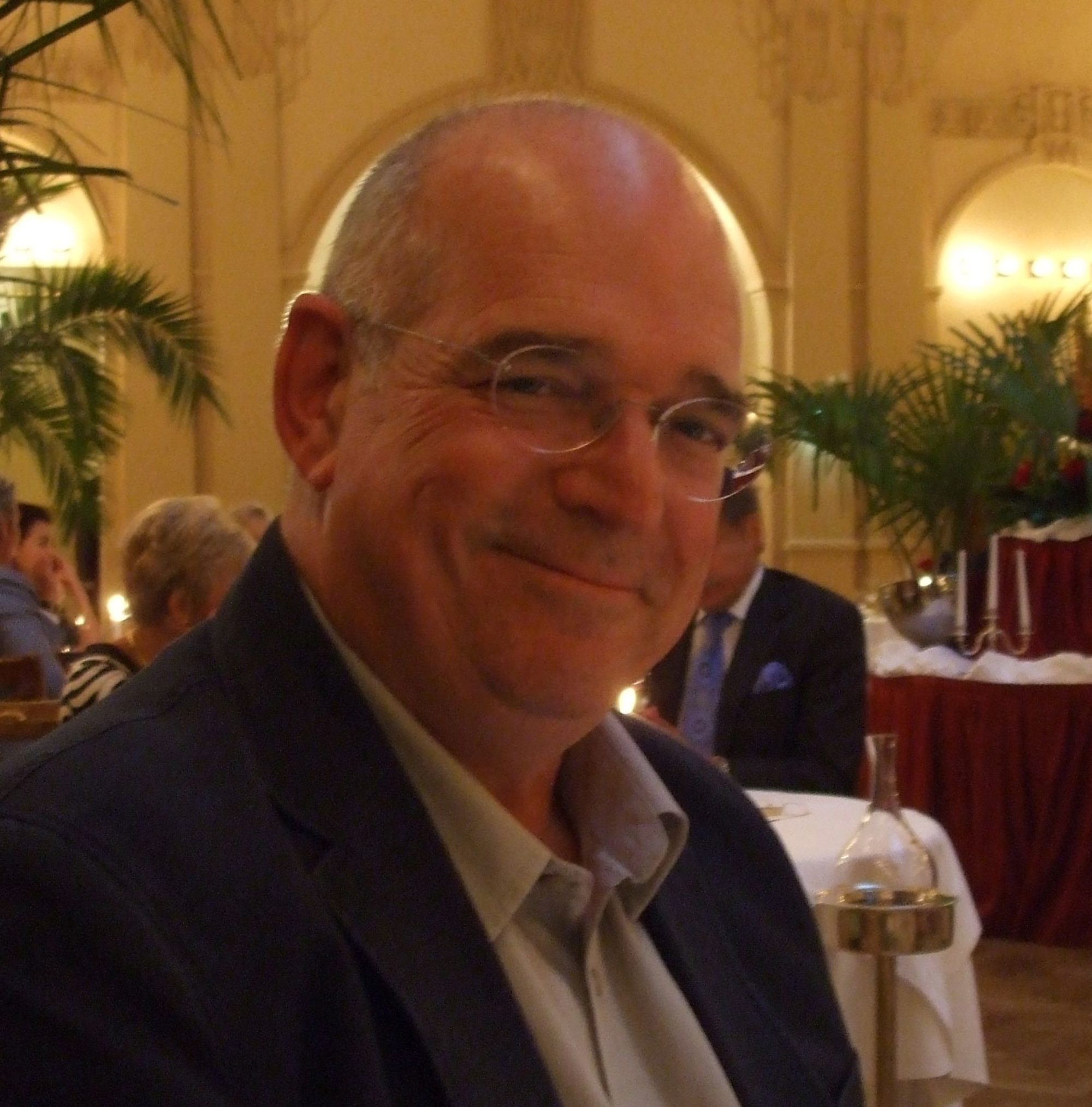
Wonderful account. Thank you so much Peter.
Brilliant, thanks.
Excellent!!! Next episode please, Pete. That road trip sounds very hairy to the national park.
Sounds and looks fascinating! Lucky you!!
Your travels become more and more exotic – how fascinating and exciting! Looking forward to hearing more on your eventual return to our forlorn shores.
Flempots xx 🥰
As exciting as usual. Love reading about your travels.
Like Botero’s painting of the earthquake.
What a trip!. Excellent writing Carters. Hobart
And I think I am now caught up on your travels. Must be time for you to head out again, but not before we have played bridge.